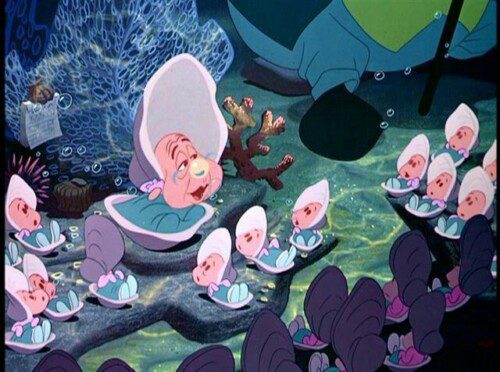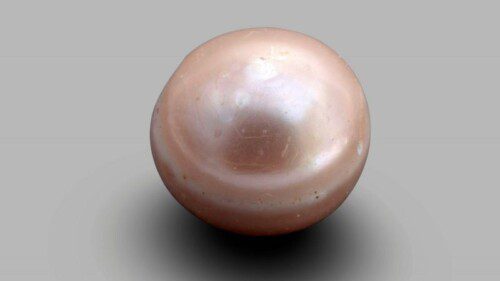How Are Diamonds Made? Natural vs Lab-Created Explained
Two Paths, One Diamond Not all diamonds come from the same place — but they all start the same way. Pure carbon, crystalized under immense pressure and heat. Whether it…
Girl with a Pearl Earring, painting by Johannes Vermeer (Image Source: Wikipedia)
A gorgeous strand of pearls adds a touch of class and decadence to any look and has for hundreds of years. I could talk about them for days because I just love them and they are super versatile, but I’ll break this down into a few installments because there is so much to cover. Let’s jump right in!

A gem that comes from a living creature, pearls are by their very nature one-of-a-kind. Every single one takes around two to four years to come to fruition, which is pretty incredible considering the glorious ropes of pearls that we love. That could easily be an accumulated hundred years worth of effort!
Both oysters and mussels create pearls; mussels in freshwater and oysters in saltwater. Natural pearls are created when a foreign particle such as sand or another irritant gets inside the mollusk. In self-defense, it covers the bothersome bit in a secretion called nacre. That doesn’t sound gorgeous but stay with me. The mollusk continues to add layers of its lustrous nacre to the irritant until it is transformed into something new that doesn’t hurt the animal. These creatures take something that hurts them and turn it into something beautiful, and that is pretty phenomenal.
Natural pearls are created without the intervention of humans, while cultured pearls are created by forcing the beginning of the process, by introducing an irritant in a controlled setting, allowing these beauties to be farmed.

We know that historically, pearls were considered to be a symbol of purity and power and were the adornments of the upper echelon. This created quite a demand for the pearl trade market. During the travels of the Spaniards in the 15th and 16th centuries, they found oyster banks in Central and South America. This added significantly to the coffers of the Crown in Spain and kicked off the “Pearl Age,” among the top classes in Europe.
The presumed oldest natural pearl was discovered in the fall of 2019, which is a testament to the trading and value of pearls having lasted around 8,000 years. From that time through today, pearls have been sought after for their beauty and luster. The “Abu Dhabi Pearl,” as it has been called, was on display in the Louvre: Abu Dhabi’s “10,000 Years of Luxury” exhibition from October 30, 2019, through February 18, 2020. Through radiocarbon dating, the small pinkish pearl is believed to be from between 5800 and 5600 BC, and pearls at the time likely to be worn as jewelry or used for trading.
It was only in 1905 that the first pearl was cultured by Kokichi Mikimoto. Though Mikimoto’s gems were initially accused of not being “real,” when scientifically tested they were identical to their deep-sea counterparts. By 1916, the cultured pearl started on its path to becoming more accepted and mainstream.
Today, cultured pearls make up most of the market and there are very few exceptions where diving for pearls is preferred. While there are different techniques to create the final product, the foundation of pearl farming rests in Mikimoto’s legacy.
If you love Pearls as much as I do, check out this thread!
Written by Kayti Kawachi